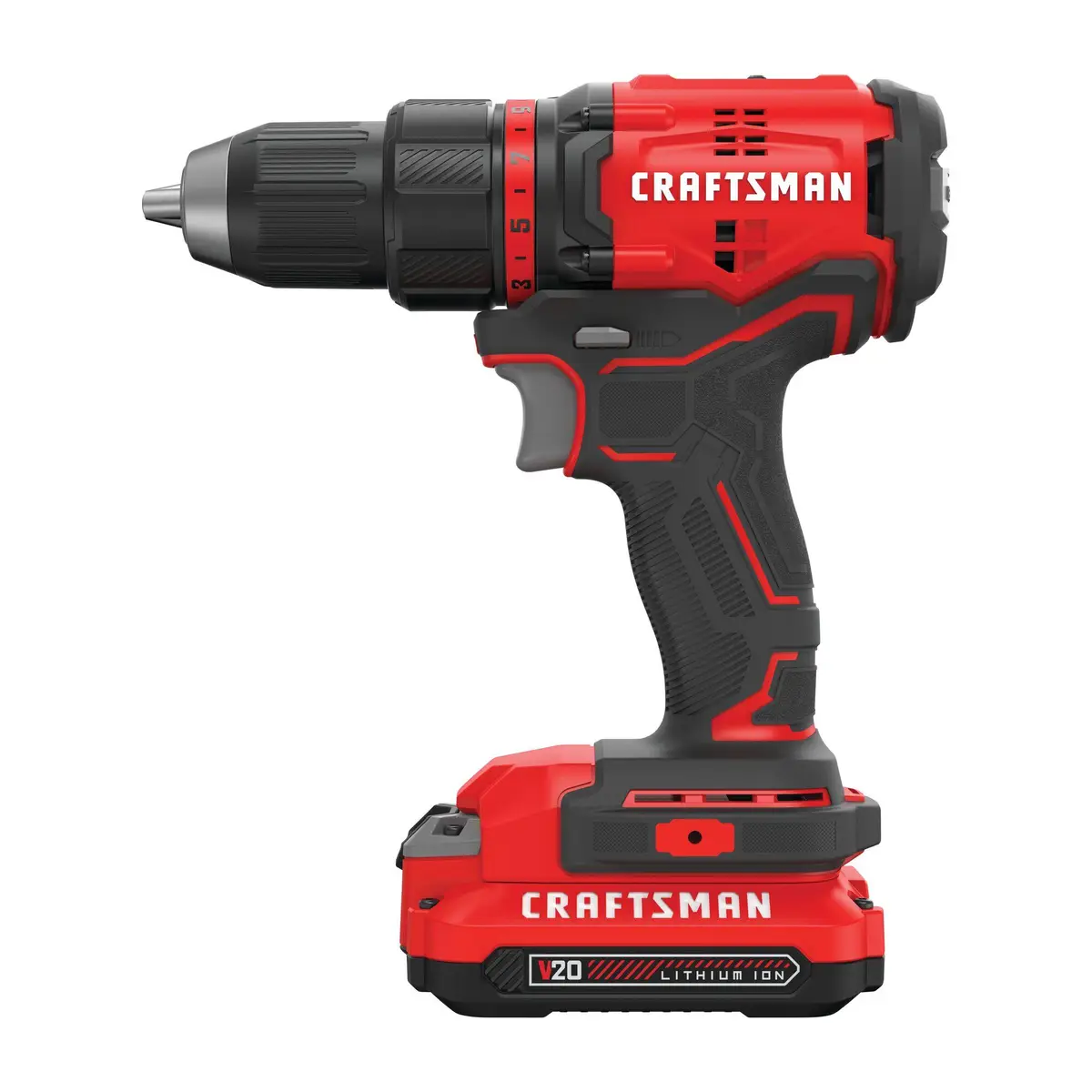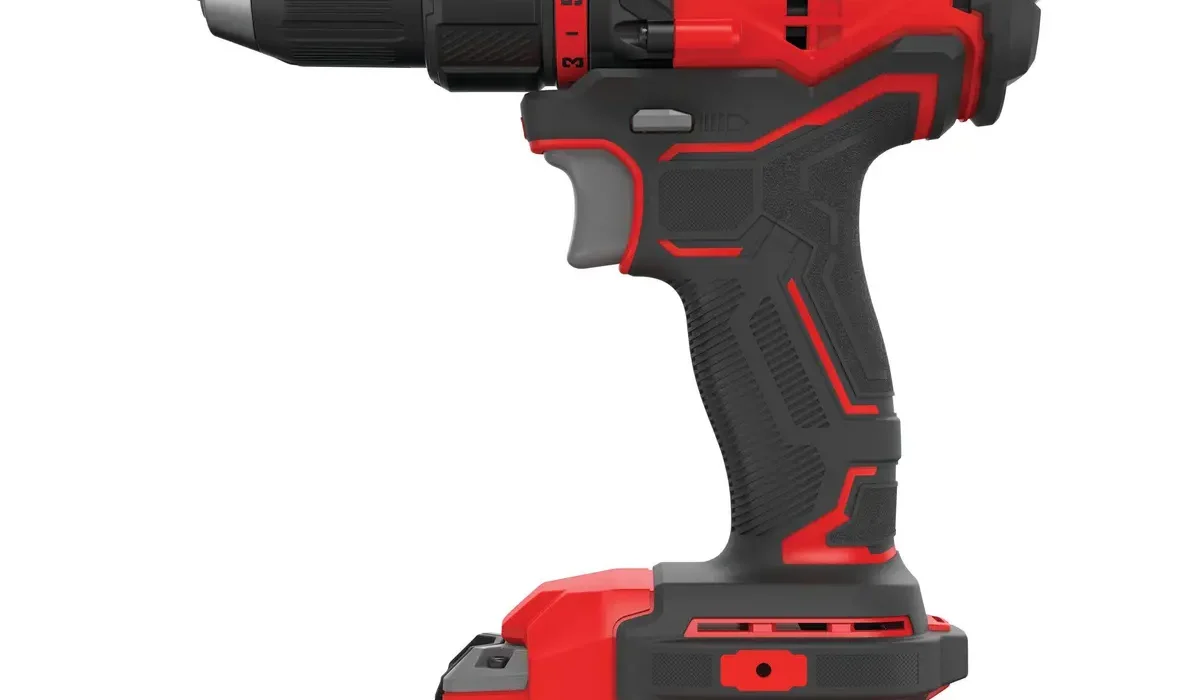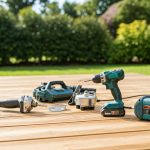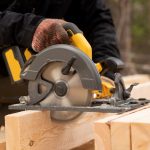When it comes to do-it-yourself projects—whether you’re building a new backyard shed, renovating a bathroom, or embarking on your first piece of custom furniture—there is nothing quite as exhilarating as bringing a grand idea to life. But no matter how creative, skilled, or determined you may be, your success in any DIY project hinges on having the right tools at your disposal. With an almost endless selection of power tools out there, it can be tough for novices and experienced DIYers alike to decide what should top their must-have list.
In this post, we’ll walk you through the basic power tools that every DIY enthusiast should own (or at least strongly consider). We’ll also dive into some detailed tips on what to look for when purchasing these tools, how to maintain them, and how to stay safe while you work. So roll up your sleeves, clear off your workbench, and let’s explore the key power tools that can make your next project a roaring success.
1. The Top Recommendation: A Reliable Cordless Drill/Driver
Craftsman V20 Cordless Drill/Driver

The first and arguably most important power tool for any DIYer to own is a cordless drill/driver. This versatile tool allows you to drill holes into various materials (wood, plastic, drywall, and even some metals) and drive screws with ease. If you only invest in one power tool, make it a high-quality drill/driver—there’s practically no project that won’t benefit from one.
When it comes to selecting a top-tier drill/driver, you can’t go wrong with the Craftsman V20 Cordless Drill/Driver. Known for its powerful performance, durability, and comfortable design, this Craftsman tool has become a staple for professionals and hobbyists alike. Here’s what sets it apart:
- Long-Lasting Battery Life: Craftsman’s V20 lithium-ion batteries are designed to hold a charge longer, ensuring you can tackle bigger projects without constantly searching for an outlet or dealing with messy cords.
- Ergonomic Grip and Lightweight Design: Working on lengthy home improvement tasks can take a toll on your wrists and arms, but this drill’s design is optimized for user comfort. Ergonomic grip surfaces help reduce fatigue, and its relatively light weight makes it easier to handle overhead or tight workspace operations.
- Two-Speed Gearbox: This allows you to choose between high-speed drilling (ideal for creating pilot holes or drilling through thick material) and high-torque screw driving (perfect for driving large or stubborn screws).
- LED Work Light: The built-in LED can be a lifesaver when working in dimly lit areas like closets, basements, or underneath cabinets.
All in all, Craftsman’s cordless drill/driver is an essential piece for your home workshop, delivering both power and reliability at a competitive price point.
Buy at Blain’s Farm & Fleet
Buy at Fleet Farm
2. Circular Saw
If you plan on doing any kind of woodworking or carpentry, a circular saw is another must-have. This portable saw allows you to make long, straight cuts in sheet goods (like plywood or MDF) or dimensional lumber (2x4s, 2x6s, etc.) with relative ease. Although you can use a handsaw, a circular saw greatly speeds up the process and provides cleaner, more accurate cuts if used correctly.
Key Features to Look For:
- Blade Size: The most common circular saw blade size is 7-1/4 inches. This size gives you enough cutting depth for standard lumber and a variety of other materials.
- Adjustable Depth and Bevel: Ensure that the saw allows for easy bevel adjustments for angled cuts, as well as precise depth settings to avoid cutting more deeply than necessary.
- Safety Features: Look for a saw with a sturdy blade guard, electric brake (which quickly stops the blade once you release the trigger), and a built-in dust blower or dust port to keep your cutting line clear.
3. Impact Driver
While a cordless drill/driver can handle most screw-driving and hole-drilling tasks, an impact driver brings extra muscle for heavier-duty applications. It delivers rotational force and concussive blows to drive screws faster and more efficiently, making it indispensable for building decks, framing walls, or driving lengthy fasteners into hard materials.
Why You Might Want One:
- Increased Torque: The impact mechanism provides significantly more torque than a standard drill, reducing the strain on your wrist and making quick work of larger or longer screws.
- Compact Form Factor: Many impact drivers have a shorter head length than drills, allowing you to work comfortably in tighter spaces.
4. Jigsaw
A jigsaw is the go-to power saw for making curved or intricate cuts in wood, plastic, metal, or other materials. It’s a great tool for cutting out shapes in plywood, making custom patterns, or trimming countertop pieces to fit a curved wall. If you envision doing any creative, detailed cutting work—like making furniture with decorative edges or installing new laminate flooring to match odd angles—a jigsaw will be your best friend.
What to Consider:
- Variable Speed Control: This feature gives you better control and can help prevent splintering or tearing out, especially when working with delicate materials.
- Orbital Action: Some jigsaws allow you to adjust the orbital action (how aggressively the blade moves in a forward/backward “orbit” in addition to the standard up/down motion). This can speed up cuts, but it may also reduce the smoothness of the cut edge.
- Tool-Free Blade Changes: Look for a jigsaw that allows quick, no-tool blade changes. It saves a lot of time and frustration, particularly if you frequently switch between different blade types.
5. Random Orbital Sander
For any finishing work—like smoothing furniture surfaces, preparing walls before painting, or refining rough-cut edges—the random orbital sander is a vital tool to have. Unlike traditional palm sanders that move in a consistent linear or orbital pattern, a random orbital sander spins and oscillates simultaneously in a random motion, reducing the chance of sanding marks and swirl patterns.
Stand-Out Attributes:
- Dust Collection: A built-in dust bag or dust port for attaching a shop vacuum helps keep your workspace cleaner and allows for healthier indoor sanding.
- Variable Speed: This allows you to dial in the sanding speed for different materials and different stages of the finishing process.
- Compatible Sandpaper: Random orbital sanders typically use hook-and-loop sanding pads, which are easy to change out as they wear down or if you need different grits.
6. Angle Grinder
Angle grinders are versatile tools that can grind, cut, polish, and sand a variety of materials—metal, tile, masonry, and even wood (with specialized accessories). If you ever need to cut off rusted bolts, sharpen mower blades, or smooth out mortar in a brick wall, an angle grinder is there to save the day.
Must-Have Features:
- Spindle Lock: This feature makes it much easier to switch out discs and wheels.
- Adjustable Guard: A guard that can easily rotate or adjust without special tools is important for protecting your hands and body from sparks or debris.
- Side Handle: A solid side handle improves your control and reduces fatigue during heavy-duty applications.
7. Cordless Oscillating Multi-Tool
The oscillating multi-tool (OMT) might not be the first power tool you think of, but once you use it, you’ll wonder how you ever lived without one. It can cut, scrape, sand, and grind in tight or awkward spaces, using a variety of interchangeable blades and attachments. Perfect for small detail work like trimming door jambs for new flooring, removing old caulking, or chiseling out grout lines, an OMT is a real multi-purpose champion.
Reasons to Add One to Your Arsenal:
- Compact Size: It’s small enough to maneuver in places larger saws can’t reach.
- Precision: You can make plunge cuts with minimal risk of damaging surrounding areas.
- Versatility: Blades and accessories are available for almost any task you can imagine—wood cutting, metal cutting, scraping, grout removal, and more.
8. Shop Vacuum (Wet/Dry Vac)
Though often overlooked when discussing “power tools,” a robust shop vacuum is a non-negotiable tool for serious DIYers. Sawdust, debris, spilled water, and other messes can quickly accumulate in your workspace. A shop vac tackles all these cleanup jobs far more effectively than a standard household vacuum (which might not be built to handle fine sawdust or heavy debris).
Top Considerations:
- Tank Size: If you work on larger projects that produce a lot of debris, go for a vac with a big capacity. On the other hand, smaller shop vacs are more portable and take up less floor space.
- Filter Quality: Look for HEPA filters or fine dust filters to protect both your vacuum and your lungs, especially if you frequently generate a lot of fine particulate matter.
- Suction Power: Check the horsepower or air watts rating. A stronger vacuum will make quick work of big messes and won’t clog as easily.
9. Miter Saw (Optional But Valuable)
Once you’ve gotten comfortable with circular saws and basic cutting techniques, you may find yourself craving more precision and efficiency, especially for projects involving lots of angled or repeated cuts (like building framing, baseboards, picture frames, or crown molding). A miter saw can make angled, beveled, and compound cuts quickly and with surgical precision. While it’s a larger investment—both financially and in terms of workspace—you’ll save an incredible amount of time if you do a lot of woodworking or home renovation tasks involving trim and molding.
Safety First and Always
Whenever you handle power tools, prioritize safety. This includes:
- Personal Protective Equipment (PPE): Wear eye protection (safety glasses or goggles), ear protection (earplugs or earmuffs), gloves when appropriate, and a dust mask or respirator for tasks that produce lots of dust.
- Proper Attire: Avoid loose clothing or accessories that might get caught in spinning blades or bits. Tie back long hair or cover it with a cap.
- Secure Workspace: Always clamp or secure your material before cutting or sanding. A stable work environment prevents tools from binding, kickback, and other accidents.
- Read the Manual: Each tool operates differently. Understanding the manufacturer’s guidelines, maintenance procedures, and safety precautions can prevent mishaps and extend tool life.
- Stay Alert: Accidents happen most frequently when you’re distracted, fatigued, or rushing to meet a deadline. Give your projects the undivided attention they deserve.
Maintenance Matters
Your power tools are an investment. To ensure they last for many years and keep performing at their best, follow these basic maintenance tips:
- Clean and Inspect Regularly: Dust, sawdust, or metal shavings can accumulate, causing overheating or damage to internal components. Wipe down your tools and carefully remove debris after each use.
- Lubricate Moving Parts: Some tools have moving parts that require occasional lubrication. Check your user manual for recommended lubricants and schedules.
- Battery Care: If you use cordless tools, proper battery care is crucial. Store batteries at room temperature, avoid extreme cold or heat, and keep them on the charger only as long as recommended.
- Sharpen and Replace Blades/Bits: Dull blades and bits force your tool to work harder, shorten its lifespan, and can create dangerous working conditions. Replace or sharpen cutting implements as soon as you notice them losing their edge.
Final Thoughts
Building a reliable, well-rounded tool collection is one of the best investments a DIYer can make. Each power tool on this list serves a distinct purpose, empowering you to take on a wide variety of tasks more efficiently, safely, and with greater precision. If you’re just getting started, prioritize the cordless drill/driver—especially the Craftsman V20 Cordless Drill/Driver—as it’s useful for nearly every project under the sun. Over time, add circular saws, impact drivers, jigsaws, and other specialized tools as your projects demand them and your budget allows.
DIY can be incredibly rewarding, and the right tools take the experience from frustrating to fulfilling. Whether you plan on tackling full-scale home renovations or dabbling in weekend woodworking, investing in high-quality tools—backed by responsible maintenance and safe work practices—ensures a smoother journey from vision to reality. So, start with the Craftsman V20 Cordless Drill/Driver, expand your collection methodically, and watch your DIY capabilities flourish. Happy building!
Last modified: January 24, 2025

